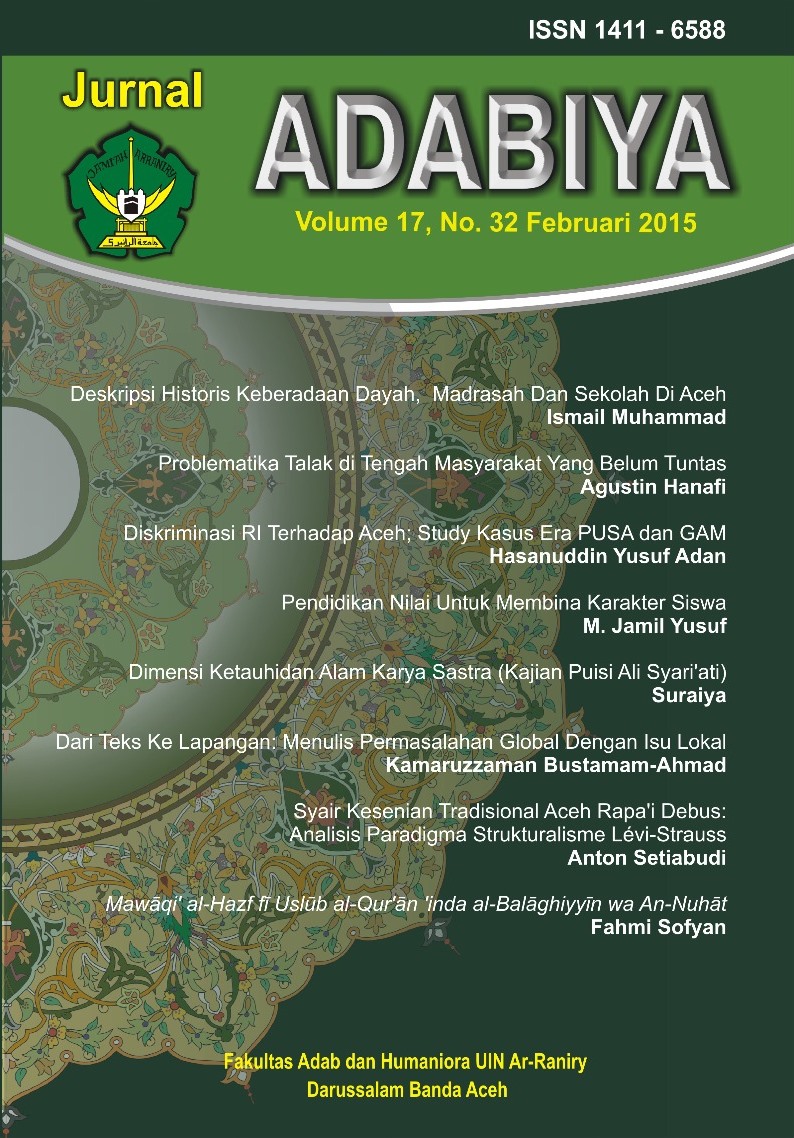References
Alla,keith.,burridge kate.2006.Forbiden Words : Taboo And The Censoring Of Language.cambridge:Cambridge university press
Bandura, A. (1977). Social learning theory. Englewood Cliffs, NJ: Prentice Hall.
Bandura. (1994). Social cognitive theory of mass communication. In J. Bryant & D. Zillmann(Eds.), Media effects : Advances in theory and research (pp. 61-90). Hillsdale, NJ :Erlbaum
Bogdan, R and Biklen, S. 1992. Qualitative Research for Education. Boston: Allyn and Bacon
Hubberman, M. &Miles, M.B. 1984. Qualitative Data analysis : A Source book of New Methods. Beverly Hills : Sage.
Hughes, Geoffrey.2006.An Encyclopedia of Swearing :The Social History Of Oaths Profanity Foul Language And Ethnic Slurs In The English – speaking world. United States Of America: M.E.Sharpe
Ljung,magnus.2011. Swearing A Cross-Cultural Linguistic Study. Great Britain :Palgrave Macmillan
Jay, T. (1992). Cursing in America: A psycholinguistic study of dirty language in the courts, inthe movies, in the schoolyards and on the streets. Philadelphia: John Benjamins.
Jay, T. (2000). Why we curse: A neuro-psycho-social theory of speech. Philadelphia: JohnBenjamins
Kaye, B. K., & Sapolsky, B. S. (2004). Watch your mouth! An analysis of profanity uttered by children on prime-time television. Mass Communication & Society, 7(4), 429–452.
Kaye, B. K., & Sapolsky, B. S. (2004a). Talking a “blue” streak: Context and offensive language in prime time network television programs. Journalism and Mass Communication Quarterly, 81(4), 911–927.
Odin rasyidin.2010. Kajian bentuk,kategori dan sumber makian, serta alasan pengguanaan makian oleh mahasiswa.Universitas Indonesia
Pinker,S.2007.the stuff of thought.language as window in to human nature. New York:viking



